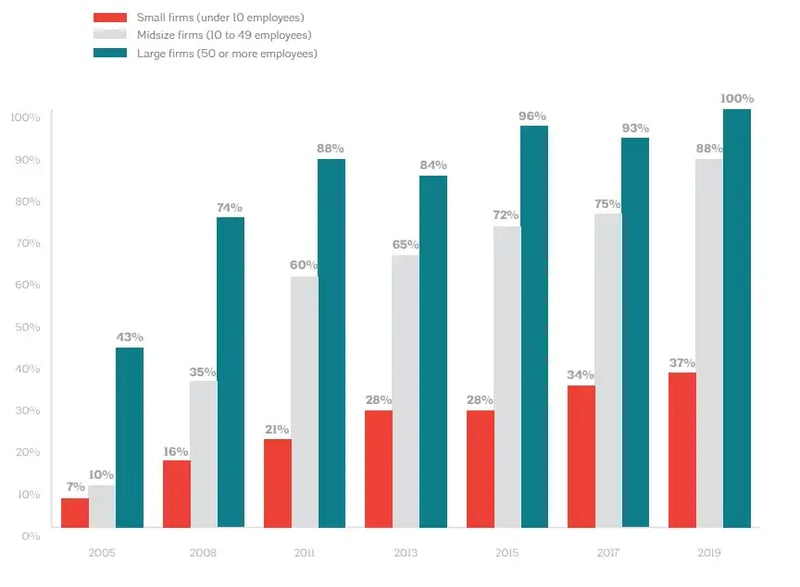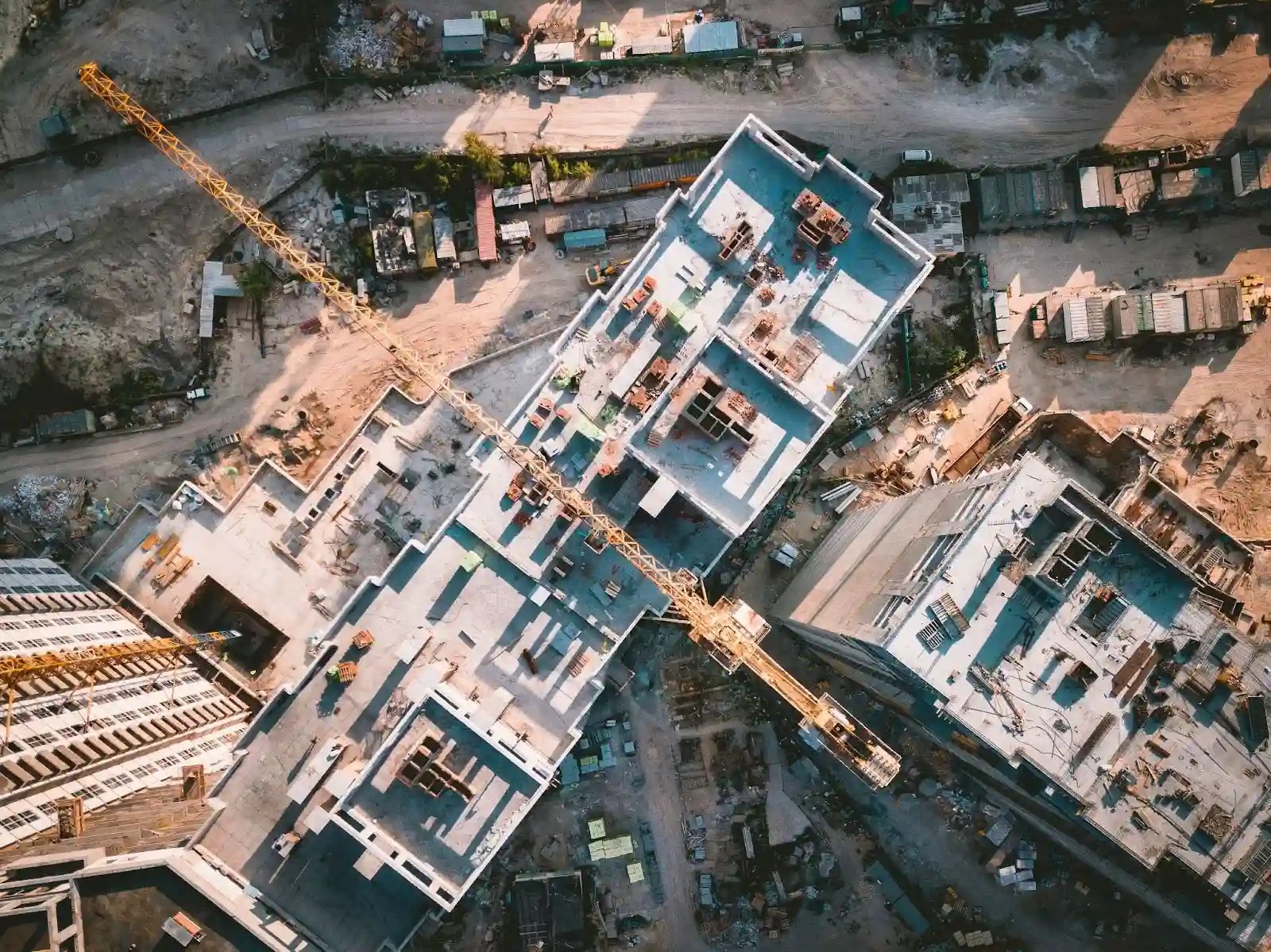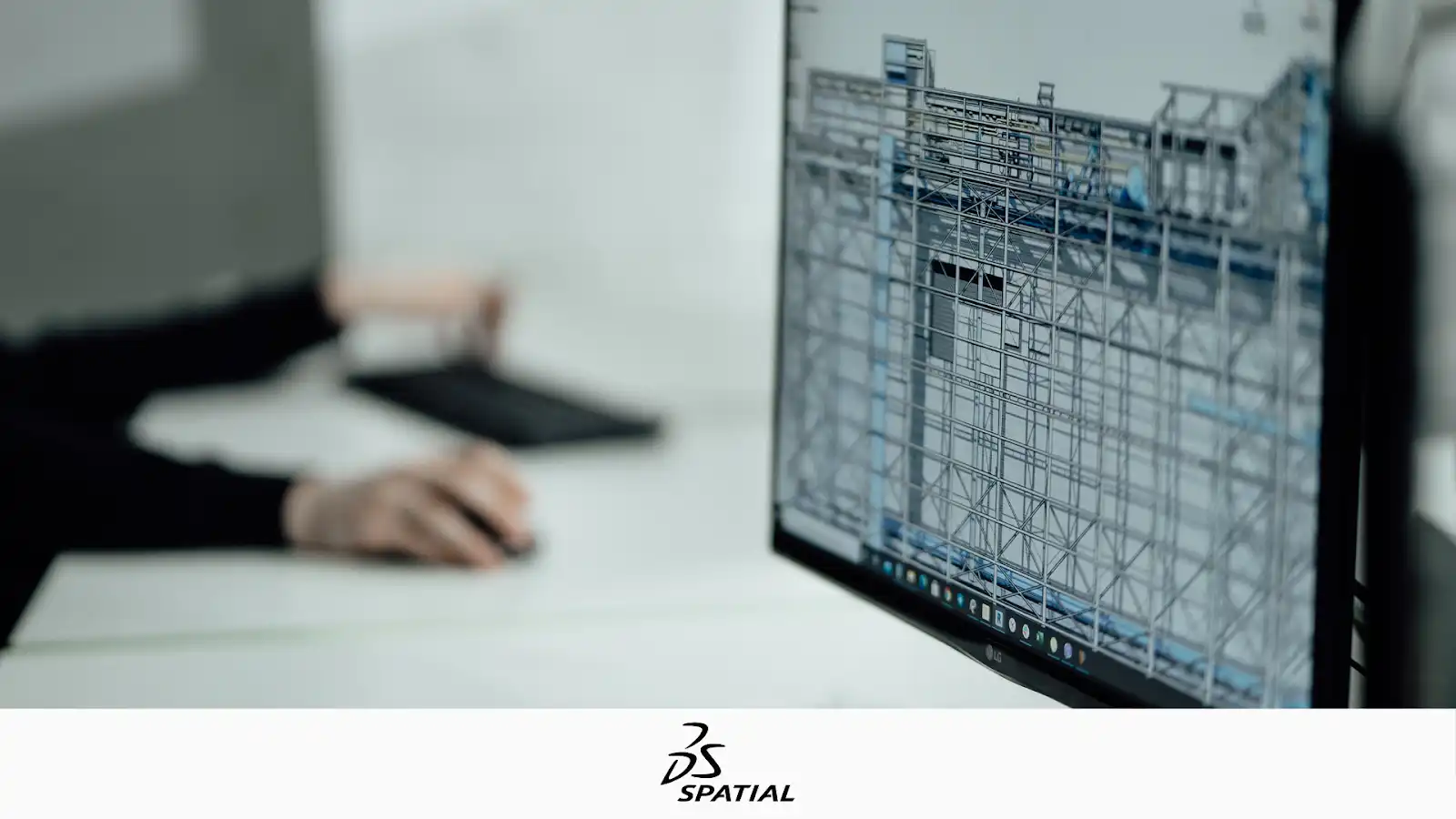BIM has been an indispensable tool for improving the collaboration, design, and planning of large-scale projects. But with new technologies such as digital twins, BIM’s ubiquity in the architectural engineering and construction industries is evolving.
The advent of digital twin building technology has made it possible to produce not just static but dynamic digital representations. Indeed, experts can leverage digital twins to produce accurate, virtually-built environments that optimize long-term building operations.
But the question remains: What, if anything, lies at the heart of the BIM-digital twin divide?
In this article, we explore the differences between BIM and digital twins construction. We discuss what each of these digital technologies entails and how they can be used in combination or alone.
See How Spatial Works Behind the Scenes to Enable Digital Twins and BIM
Watch Now
What Is BIM?
Building Information Model (BIM) is a process that aims to create and manage 3D digital representations of a physical building and its functional elements.
Though it can be successfully leveraged for smaller jobs, BIM is most often used for large urban planning or construction projects. Computer-aided design (CAD) and CAD-related software make up the primary tools of the trade.

Caption: Percentage of firms using BIM software
Source: AIA
BIM is a powerful way to visualize projects and boost productivity. For one thing, it can improve onsite collaboration by allowing users to make adjustments to design plans. It can also help expedite delivery timelines and cut production costs by reducing the number of reworks while keeping track of materials.
What Are Digital Twins?
Digital twin technology is leading the charge into the Fourth Industrial Revolution (Industry 4.0). It’s a process that aims to create a digital replica representing how an object, process, or environment behaves in the real world.
So what’s the process of building digital twins? It begins by feeding blueprint data through an advanced 3D mapping software. Physical sensors are then used to gain dynamic performance info from a variety of data sources, such as equipment, people, processes, and even local weather and transit feeds.
By leveraging sophisticated technologies like artificial intelligence (AI) and machine learning (ML), digital twins can anticipate needs by analyzing real-time data. The result is reduced operational downtime and extended machinery life cycles.
Digital twins are an essential tool as building owners move into the age of smart buildings. This computerized doppelgänger is accessible by virtual reality (VR) headset and stored in the cloud. Ultimately, digital twins promise to improve productivity, lower production times, optimize asset management, and reduce waste.

The Great Digital Twin-BIM Divide: What’s the Difference Between BIM and Digital Twins?
The fundamental difference between digital twins and BIM is that the latter is a static digital model, while the former is a dynamic digital representation.
In other words, BIM lacks spatial and temporal context elements that characterize digital twins. Digital twins provide a realistic environment in which the model resides instead of the model alone. It is kept up-to-date based on real-time data, context, and algorithmic reasoning.
BIM, in contrast, offers up a fixed model in isolation, independent from its surroundings and the people who use it.
There Are Dozens of BIM Solutions
…and the biggest problem is getting them to talk to each other
We Fixed That
Bridging the Digital Twin-BIM Gap: How Can BIM and Digital Twins Work Together?
Industry experts have spent a long time expounding on the BIM-digital twins divide. But there is no inherent friction between BIM and digital twins. When combined, both technologies become more powerful than when used separately. That’s because they’re made to serve slightly different ends.
The BIM model excels at providing accurate information about building design and construction, planning, and execution. Digital twins, on the other hand, shine when it comes to representing day-to-day operations, dynamic processes, and building maintenance.
All that said, the need for BIM may evolve to incorporate new technologies and capabilities as AI and VR continue to improve. Digital twin technology, combined with the Internet of Things (IoT) and Industrial IoT (IIoT), may eventually render BIM as we know it obsolete.
For now, however, BIM isn’t going anywhere. Between 2020 and 2027, its market size has a projected compound annual growth rate (CAGR) of 15.2%.
Learn More
Spatial’s SDKs Are Making Digital Twin and BIM Suites More Powerful
Leveraging the power of 3D modeling has never been easier. As technologies have grown more sophisticated, they’ve also become more affordable. To get a leg up in the manufacturing or construction industry, it’s critical to integrate these new tools and expertise into your skill stack. This will allow you to:
- Reduce development costs
- Develop applications faster
- Differentiate your 3D modeling suite
- Shorten time-to-market (TTM)
- Boost time-to-revenue (TTR)
Powerful, dynamic, and industry-proven—Spatial’s Software Development Kits (SDK) deliver unparalleled 3D modeling components to accelerate your development process, boost your ROI, reduce risks, and enable market placement faster than ever before.
Contact us today to learn how our cutting-edge 3D technologies can take your business to the next level.

